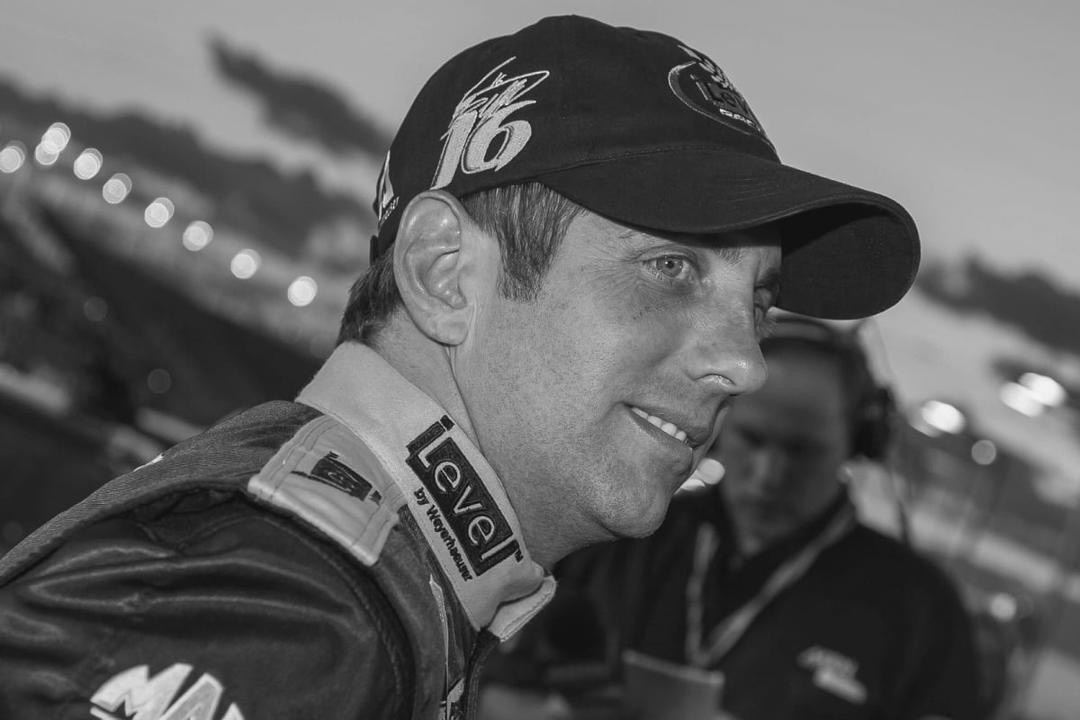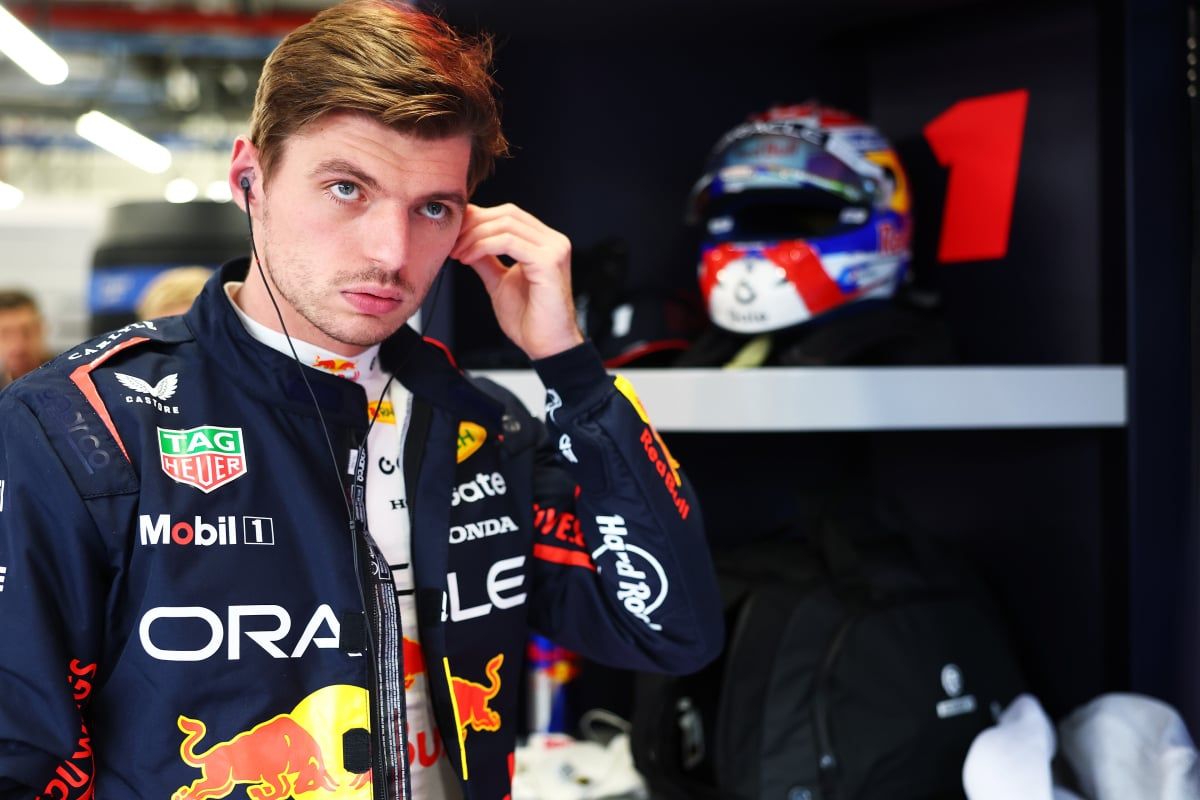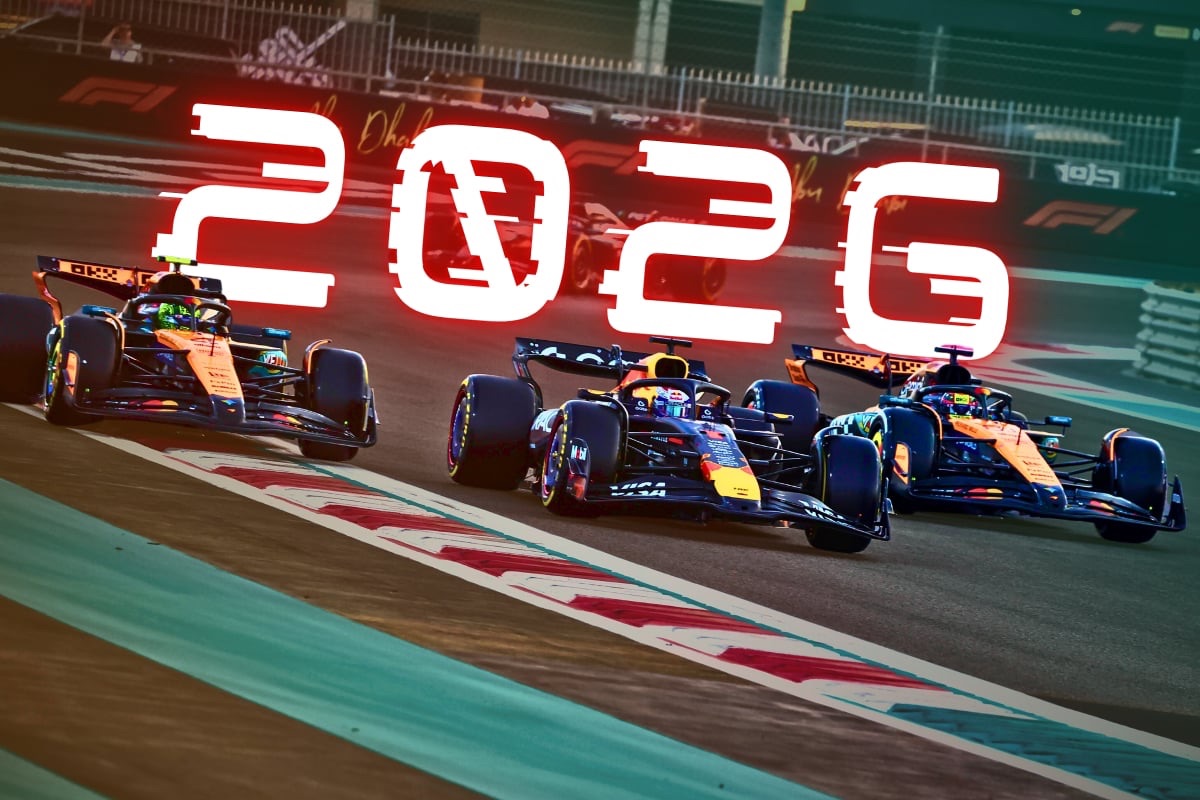George Russell Receives Double Penalty for Pit Lane Infractions During Canadian GP Weekend
Mercedes Formula 1 driver George Russell received two separate penalties for pit lane speed violations during a practice session at the 2025 Canadian Grand Prix, according to confirmation from the FIA. The infractions, though minor in nature, triggered automatic fines as per Formula 1’s strict regulatory framework.
Both incidents occurred during a single practice session and involved Russell slightly exceeding the pit lane speed limit. In the first instance, he was recorded driving at 0.1 km/h over the mandated limit. The second breach was similarly marginal, at 0.2 km/h over the maximum allowed speed. While these overages are minor and did not pose any immediate danger, FIA rules stipulate that any violation of the speed limit, regardless of the margin, results in a penalty.
The standard punishment for such offences during practice sessions is a monetary fine, typically €100 per infraction. Russell’s case followed this precedent, with the FIA issuing a €100 fine for each instance. These fines, as is common practice in Formula 1, will be paid by the Mercedes-AMG Petronas Formula One Team rather than the driver personally.
Although the double penalty had no bearing on Russell’s race weekend in terms of grid position or time penalties, it has nonetheless drawn public attention due to its timing and context. The matter was further highlighted by an internal change within the FIA’s stewarding team. Veteran race steward Derek Warwick was dismissed overnight following unauthorized public comments and replaced by former Formula 1 driver Enrique Bernoldi, who supervised the session remotely from Geneva. However, this substitution did not affect the adjudication of Russell’s penalties.
Pit lane speed regulations are rigorously enforced in Formula 1 due to safety concerns. The pit lane is a confined area where team personnel are often present, and any excess speed—even by a small margin—can pose a safety risk. The FIA’s zero-tolerance approach is designed to uphold safety standards uniformly across all teams and drivers.
Nonetheless, there have been previous cases that suggest a degree of subjectivity or inconsistency in enforcement. A notable example is from the 2021 British Grand Prix at Silverstone, where Red Bull driver Sergio Perez exceeded the pit lane speed limit by a significant margin—clocked at 120.6 km/h, which was more than 50% over the legal limit. He was issued a €1,000 fine but received no sporting penalty, underscoring that financial penalties remain the default response, even in more severe cases.
Over the course of a typical Grand Prix weekend, it is not unusual for drivers to incur such penalties, especially during practice sessions. During these sessions, drivers often test car systems and fine-tune braking and throttle responses, which can occasionally lead to unintended infractions. The Canadian Grand Prix weekend has already seen several drivers penalised for pit lane speed violations, further indicating the commonality of such occurrences.
While Russell’s offences were among the most minor in terms of numerical overage, the enforcement of the rule serves as a reminder of the tightly controlled environment of Formula 1. All competitors, regardless of status or team, are held to the same standard when it comes to procedural and safety regulations.
In conclusion, while the financial penalties issued to George Russell during practice may appear excessive relative to the minor speed excesses, they are consistent with FIA policy. The double fine reflects the organization’s commitment to consistent application of its safety protocols, even when the practical impact of an infraction is negligible.



